Which is the Best Online JavaScript Bootcamp for You?
Update January, 2021: This post has been updated to reflect changes to Colt Steele’s Web Developer Bootcamp course. It is now fully updated to include ES6 syntax, so the “cons” section for this course have been revised.
In this post, I am going to help you the best online JavaScript bootcamp that will suit your unique needs. One of the reasons I started You Can Learn How to Code was to provide some guidance to the glut of books, courses, and coding resources available. There is a ton of content out there to help aspiring web developers, so much that in can be overwhelming when you’re first getting started, and it is all too easy to pick the wrong course that will leave you feeling frustrated. After spending thousands of dollars myself on various memberships, coding platforms, and books, I decided to do what I could to save other aspiring web developers money by providing guidance to the best courses and resources that helped me learn what I needed to in order to improve my skills.
If you follow me on Quora, you also know that learning JavaScript has been a difficult experience for me, as it is for many people. Unlike students who could enroll in a bootcamp and land a job after a few months of learning, I studied JavaScript for a few years before I felt comfortable calling myself a web developer.
I also discovered that I will never really be finished learning JavaScript. The language is vast and deep and there is always more to study, so I continue to take courses in JavaScript from instructors who are highly experienced engineers and continually piloting courses on Udemy and other platforms to see which are a good fit.
One of the best courses I took that included JavaScript instruction is Colt Steele’s Web Developer Bootcamp. It has, however, been a few years since I purchased his course, and I thought it was time to see how it stacked up against other web developer bootcamps. During the past few months, I have piloted three other JavaScript courses: The Modern JavaScript Bootcamp (2019) by Andrew Mead, Modern JavaScript from the Beginning by Brad Traversey, and The Complete Web Developer in 2019: Zero to Mastery by Andrei Neagoie.
In this post, I will discuss why Colt Steele’s course is still a good option for those who are struggling to learn JavaScript but present some alternatives for those of you who might be able to pick up JavaScript more easily. Whatever your path, whether it takes you a long time to learn JavaScript like me or if you are able to grasp concepts more quickly, my hope is that this post will serve as a guide so that you can make an informed choice in determining which is the best online JavaScript bootcamp for you to take.
Colt Steele’s Web Developer Bootcamp
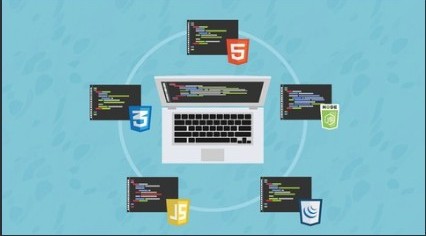
This is one of the first courses that allowed me to take confident steps into JavaScript. It really helped me solidify the basics of the language, which is so important. When you are first learning front-end web development, it can be very tempting to jump into the frameworks, but without a solid foundation, you will struggle to build anything substantial before you understand the basics of the programming language.
Colt Steele’s Web Developer Bootcamp is filled with mini challenges that will help solidify the concepts in his lectures. He also takes the time to explain the why behind the code so that you have a full picture of the reasons why your code behaves the way it does. JavaScript is a notoriously tricky language, full of quirks and unexpected behaviors, so it is extremely helpful to take a bootcamp like this one if you’ve struggled to learn JavaScript in the past.
Pros
- Course moves slower pace, which is helpful if you’re struggling with basic JavaScript or haven’t learned it before.
- Good, thorough introduction to both HTML and CSS.
- Quick response time from the instructor or teaching assistant.
- Teaches full-stack JavaScript, from the basics to back-end programming with node.js.
Cons
• Moves at a slower pace than some of the other courses reviewed here, so if you want to ramp up quickly in JavaScript, consider the other courses reviewed here.
Andrei Neagoie’s The Complete Web Developer in 2019: From Zero to Mastery

Out of the four web developer bootcamps featured in this post, Neagoie’s course is my first choice for those who are new to JavaScript and have not struggled with it. If you can catch on a little more quickly than I did, taking this course will save you some time. Neagoie teaches the HTML and CSS portions of the course quickly, which is a good thing. HTML and CSS are the two mark-up languages that allow web designers and developers to add structure and style to websites. While they are important to learn, they are not programming languages, and those who wish to become web developers should spend the bulk of their education learning JavaScript since it is the most challenging skill to undertake.
This is something Neagoie gets right in his course. He doesn’t waste time on responsive design and instead moves into Bootstrap, which is typically a framework that web developers use so that their websites look great on any device. He also covers setting up a GitHub account and demonstrates how to create an initial Git repository quickly so that your work can be seen.
The JavaScript portion definitely ramps up more quickly than Colt Steele’s course. I will admit that if I hadn’t studied JavaScript before, I would likely have struggled to keep up. That aside, if you can pick up the concepts more quickly, taking Neagoie’s course will save you some time.
Pros
- Covers JavaScript with ES6 syntax.
- Spends an appropriate amount of time on HTML and CSS.
- Covers back-end JavaScript and React, one of the most popular JavaScript libraries.
- Super-responsive teaching assistant answers your questions almost instantly.
- The projects are fun and engaging.
Con(s)
- Course may progress too quickly for those who struggle to learn JavaScript.
I think that The Complete Web Developer in 2019 is an absolutely stellar option for those who can keep up with the pace. Personally, I needed to take very small steps when I was learning to program, and I do wonder if I would have been able to keep up with this course if I didn’t have previous JavaScript experience.
The first very challenging JavaScript project in my opinion is building the to-do list. This is hardly a new or innovative project. While most of the projects in this course are great, many JS courses cover a to-do list. That said, it is an excellent way to learn DOM scripting, and it is the first project in this course that doesn’t have an easy or definite solution. You will have to flex some trouble-shooting skills, especially if you have never built a to-do list before.
I recommend starting with Andrei Neagoie’s course because it covers ES6, but if you find yourself lost when you are building the to-do list, my suggestion is to stop where you’re at and give Colt Steele’s Web Developer Bootcamp a try. If you are struggling with one of these other bootcamps, it does not mean that you cannot learn JavaScript; it only means that you need to take a course that progresses more slowly. I own several Colt Steele courses and am now convinced that his specialty is teaching others to take slow but solid steps into programming. Just know that his course is still an option for you if you have difficulty with the other three options covered in this post.
Andrew Mead’s The Modern JavaScript Bootcamp (2019)
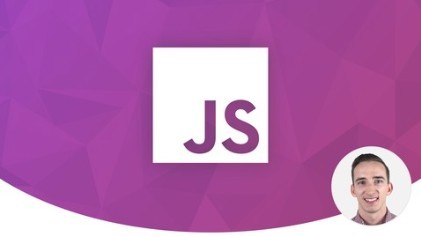
The Modern JavaScript Bootcamp is a good option for those who wish to concentrate on the JavaScript language. This course focuses entirely on vanilla JavaScript, which is refreshing. During a time when there is pressure to learn all kinds of frameworks, this course is wonderfully focused on the building blocks that will help you become an excellent web programmer.
If you aren’t familiar with the term, vanilla JavaScript refers to plain JavaScript that is not enhanced by add-ons or frameworks. Many new programmers jump into these tools too quickly without focusing enough on the fundamentals. Andrew Mead’s course will not allow you to do that because there are no frameworks taught in it! Mead also covers asynchronous JavaScript in some detail, as well as Babel and Webpack, a new addition that he added after the course launched. Babel is a tool that aids you in writing JavaScript code that will work in older browsers, and through Webpack, you’ll learn the JavaScript module system, which gives you a great way to structure your applications. As your applications grow and become more complex, structure becomes an important consideration.
Pros
- Covers JavaScript with ES6 syntax.
- Focuses entirely on JavaScript, so those who know HTML and CSS won’t waste any time with instruction the don’t need.
- Does not waste your time with jQuery, which while still a common library, is becoming less important.
- Covers Babel and webpack, two tools that are often overlooked in other courses.
Cons
- Those who struggle to learn JavaScript may have trouble keeping up.
- Project structure is a little confusing.
This course currently receives excellent reviews, and it is no wonder because Andrew Mead is a fine instructor. Even so, I do have a couple of reservations about recommending this course wholeheartedly to beginners. First, because it goes right into JavaScript, it progresses quickly, perhaps even more so than Andrei Neagoie’s course. If you can handle it, though, The Modern JavaScript Bootcamp is a good choice for you because it will allow you to build your JavaScript skills very quickly.
The other thing worth mentioning is that for a large part of this course, you switch between two different projects: a note-taking app and a to-do list app. You’ll watch a video and have a challenge to complete in one project, and then in a subsequent video, you’ll complete a challenge in the other project. Personally, I found this a little disconcerting and would have preferred to work on one project at a time. Considering that this course is highly rated, though, I may be in the minority with this criticism. In life, we must all manage multiple projects. Maybe that’s why I enjoy working on one project at a time while I’m learning!
Once you complete some initial JavaScript training, Mead’s course will serve as a great way to review important concepts and tackle some new projects. So if you’re a beginner and struggle in this course, you can always return to it when you’re further along and ready to undertake larger challenges.
Brad Traversy’s Modern JavaScript from the Beginning
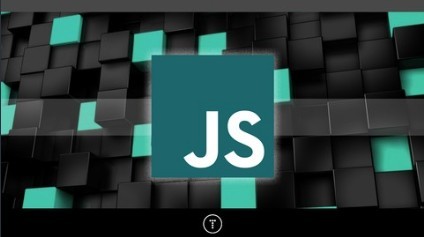
I also recommend Brad Traversy’s course under certain circumstances. If you have a lot of experience as a computer programmer and want to learn JavaScript, this might be a good course for you. My main criticism of Traversy’s course is that the first 20% of it is a code-along through the language. While helpful, coding along with an instructor alone may not give you enough of a solid foundation to work with when it comes time to solve the first challenges, especially if you are new to programming. I have found that the most effective JavaScript courses include small challenges along the way. This is the best way for you to know if the concepts are sticking.
This is why I would recommend Traversy’s course to those who have learned to program before in at least one other language. If this applies to you, then you can check out the JavaScript docs (short for documentation), see how the code works in action through Traversy’s course, and then try the challenges to ensure you understand JavaScript.
Pros
- Covers JavaScript with ES6 syntax.
- Focuses entirely on vanilla JavaScript (no frameworks or libraries).
- Includes 10 projects to test your understanding and help you build your portfolio.
Cons
- Lack of challenges in the first part of the course could mean that beginners will have a frustrating experience when they attempt to tackle the challenges.
Like the other courses I’ve mentioned here, Modern JavaScript from the Beginning receives great reviews. At the time of this post, his course boasts a 4.7 rating, and I think it definitely has a place in your course library once you are feeling comfortable with JavaScript. I often receive questions about what kinds of projects aspiring web developers should add to their portfolios. Well, if you take Traversy’s course, you don’t need to wonder or rack your brain thinking about what you should try to build. The projects included will be a great starting point for you once you’re comfortable with JavaScript and will provide inspiration for similar projects that you may wish to try on your own.
I hope this post has helped you navigate the crowded landscape of JavaScript and web developer boot camps. In short, I recommend Andrew Mead’s The Modern JavaScript Bootcamp (2019) and Brad Traversy’s Modern JavaScript from the Beginning once you’ve had an introduction to the language. These courses will help reinforce your understanding.
For those who have not learned HTML or CSS yet, I recommend starting with Andrei Neagoie’s The Complete Web Developer in 2019: From Zero to Mastery.
And, for those who are struggling with JavaScript, Colt Steele’s The Web Developer Bootcamp is one of the best options for you. You just need to be aware that after completing Steele’s course, you will need to learn ES6 syntax, preferably from Stephen Grider’s ES6 course, before you will be ready to work as a web developer. This is not big deal. Anyone who started learning how to program prior to 2015 had to learn ES6 after learning an earlier form of JavaScript syntax, so if this applies to you, don’t worry — you are in good company.
The truth is that it’s very unlikely that you’ll learn all you need to from just one course. I have many courses on web development and programming languages in my learning library and am constantly adding new ones. In order to save money on learning, I watch for sales continually. If you’d like me to


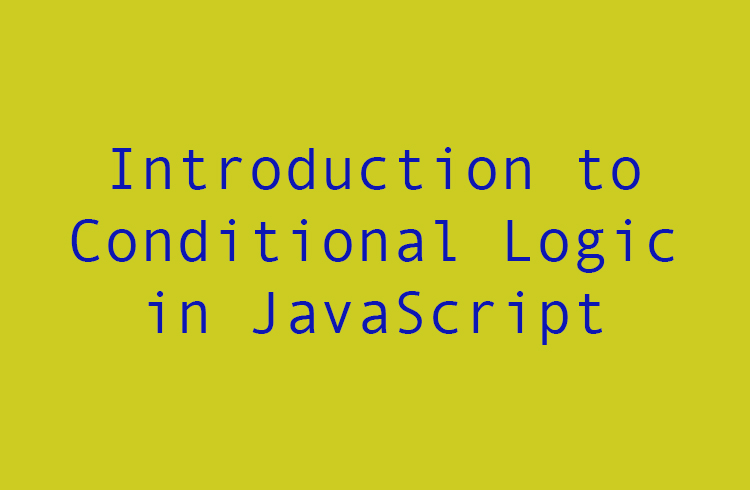

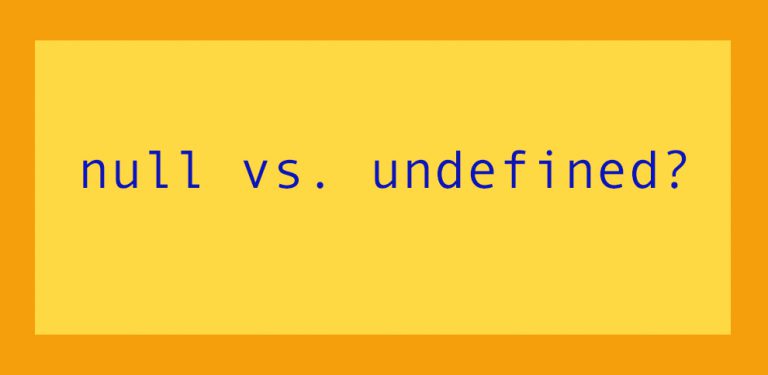

Thank you for this information. Clearly, Colt Steele’s course is the best one for me to consider taking. I’m sure that I would find the others too daunting. I appreciate you taking the time to compare several courses and their proud and cons. This article has saved me many hours of research and had pointed out things that I likely would not have thought about.
Thanks, Theresa! I’m glad the article was helpful. Colt Steele’s course is a good option; you will just need to keep in mind that you’ll need to learn ES6 syntax after taking it. That was my path and I’m no worse for wear for it. I hope that works out for you, too, but if you have any questions, please feel free to contact me.
Looks like you have rekindled my desire to take up JavaScript once again. I agree that there should be a moderate pace to learning any code language to help retain the knowledge. You mentioned that jQuery is becoming less important, how so? I always thought jQuery was a quick way to implement common commands within any web environment. Also have you heard of Mimo it’s a code teaching app that you can learn many languages from -in small bite-size pieces. How would you rate this app to the most efficient way to learn JavaScript?
I’m glad you’re interested in learning JavaScript again, Vince! I’m also glad you asked about jQuery. It’s kind of a controversial subject, but most discussions concerning programming languages invite strong feelings. You are absolutely correct: jQuery is an easier way to implement DOM (Document Object Model) manipulation. It was an incredibly important tool when it first came out in 2006 because of a thing called the browser wars. Up until a few years ago, it was very difficult to write JavaScript that behaved consistently across browsers.
The jQuery library solved this problem as it provided a consistent experience for all users, not matter which browser they were using. If we fast forward 12 years to the present, many of the browser quirks have been worked out, so we don’t need to rely on jQuery anymore. That’s why jQuery is not as important as it once was and why modern web developer courses don’t cover it as much. I answered a question about it on Quora, so if you’d like more context, please feel free to take a look. This may need to be a blog post in and of itself, though:
https://www.quora.com/Do-profe…
To be honest, I am not familiar with Mimo. In general, apps are great if you’re trying to learn something small, but I don’t really recommend them for larger-scale projects. For small things and tweaks, though, they’re absolutely fine.
This is a great review. I have been involved off an on with coding from the 80’s so I’ve dealt with a few of them. I have never totally completed one except one I was going through which included front end and back end web development. It was team treehouse and it went into javascript as well. How do these bootcamps hold up to that program which includes a lot of languages? You have projects you work on individually as well as in a group as well. I was placed in it in a job training program. I love how you are so detailed about how each meets the needs of various people and I really love it. Thanks for the reviews.
I really enjoyed the article and it was detailed where it needed to be and very easy to read. I liked how you showed how it fit the different needs for different levels of programmers and how it assisted people on different paths in their career. Great job and just a heads up, there were a lot of places where the word was supposed to be “they” and it was “the” instead. Thanks again for such a good review.
Larry, thanks for the kind words and for letting me know about the mis-typed words. I made the corrections you noted. Best wishes and happy coding!
Really glad I found this article – I’ve just completed Colt Steele’s Web Developer Bootcamp which was my first introduction to code and was wondering which direction to take next – now I know I need to get some ES6 syntax under my belt! Cheers!
Hi Lewis! Glad the course was helpful to you, and it’s great that you’re ready to continue. There are some great options for learning ES6:
If you like Colt and want to take a very deep dive into JS, then the Advanced Bootcamp will serve you well. He co-teaches it with a few other devs who all have their own unique area of expertise. BUT, do not feel you need to master everything in the course in order to get your first job. It’s a huge course, and to be honest, I haven’t even completed the whole thing myself.
Stephen Grider’s course is great if you just want to concentrate on ES6, and you may consider taking it for extra practice. You could then re-do some of your projects from the Web Dev Bootcamp with ES6 syntax.
And finally, if you want extra practice with HTML, CSS and JavaScript, you could take Andrei Neogaie’s course. It all depends on how confident you are at this point. He starts of with ES5 and then moves into ES6 pretty quickly.
The Web Dev Bootcamp is a comprehensive course, and you should feel very proud of yourself for finishing. Congrats and keep up the good work!
Hello, and thank you for all this help. I was debating on taking one of the courses above, but I really like the teaching style of this course: https://www.udemy.com/course/unaicorn/
Would you mind telling me what you think of that course as I’m debating taking it over some of the others you have mentioned? Thank you in advance.
Thanks for the question. I can’t really comment as I have not taken that particular course.